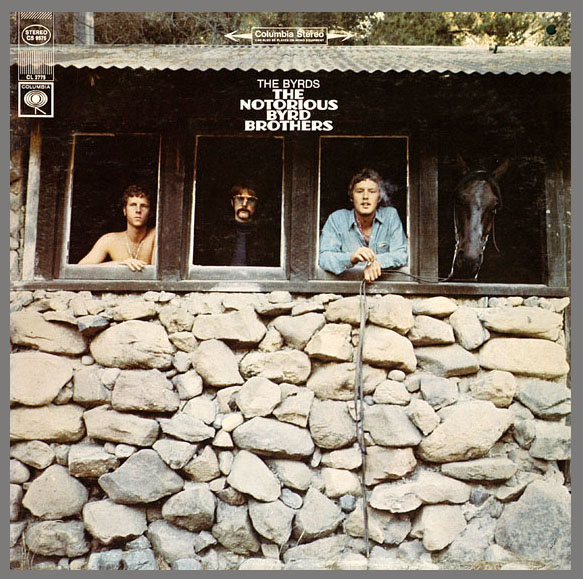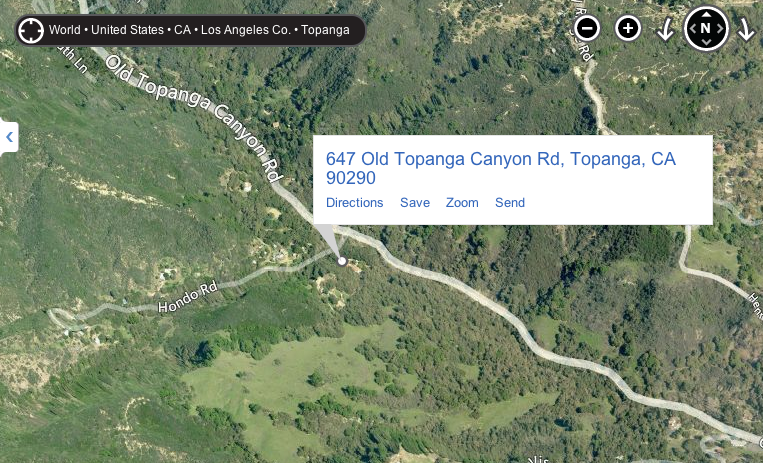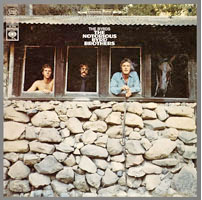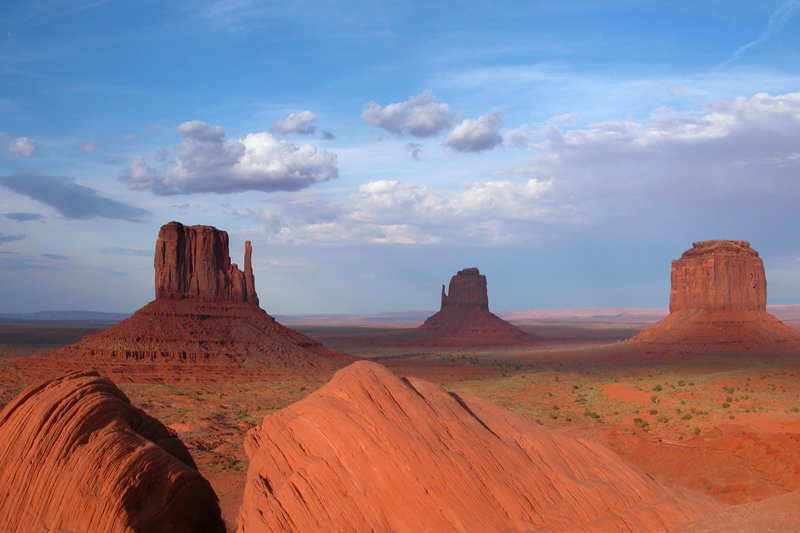 | |||
 | |||

|
A deserted stone house in Topanga Canyon, high in the hills above Malibu, California, was the setting for the photographs of two pioneering albums from the late 1960's: 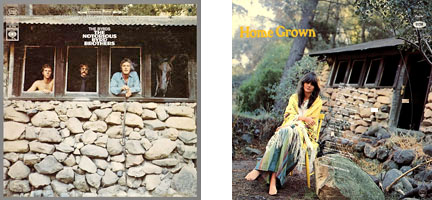
And we'll also look at the locations of two other Byrds albums: I recently received an email from a PopSpots reader named Collin Edl from Cleveland, Ohio that read like this: "Hi Bob, so through some research I found the location of the cover of the Byrd's The Notorious Byrd Brothers album cover in Topanga Canyon, California. Figured your site would be a good place to unveil this as you do a good job of giving the full story behind the covers. Let me know if this is something you'd be interested in." Well, naturally I was quite interested: I had been looking for the stone building on the cover for quite some time, as it was also used on the cover of a Linda Ronstadt album called Hand Sown... Home Grown. So I wrote back to Collin and said: By all means - please send it in! Which he did. And he had found it! So let's take a look... But first, here's what the cover of the Byrds album looks like enlarged. The photo is by the L.A. based photographer Guy Webster, who has taken many album cover photos, as you can see on his website, here. The three musicians pictured are: (left to right) Chris Hillman, Roger McGuinn, and Michael Clarke. (David Crosby, Jim Gordon, Hal Blaine, Gene Clark, Clarence White and other musicians also played on various tracks on the album.) In 2003, it was ranked number 171 of the "The 500 Greatest Albums of All Time" by Rolling Stone magazine.
(Photo by Guy Webster) And here's the back cover, also taken with the stone house in the background. 
(Photo by Guy Webster) This is a larger pictue of the back cover of Linda Ronstadt's album, Hand Sown... Home Grown. Notice the door frame to the stone cabin; the charred wood frame looks like its been through a fire. 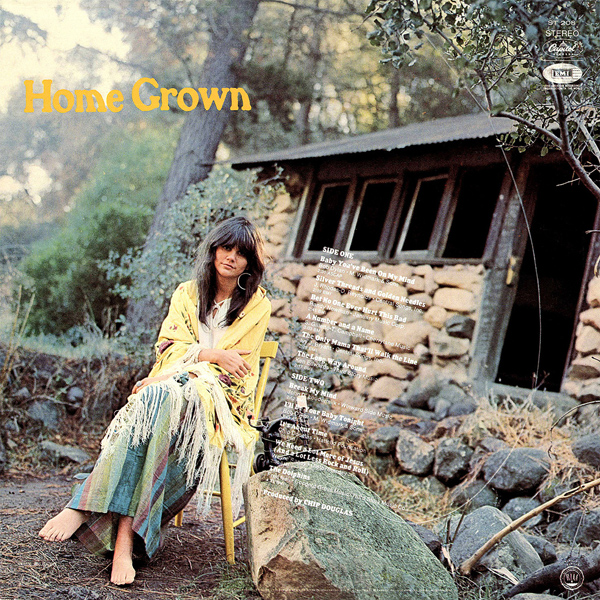
(Album photo by Eddie J. Caraeff) This is the back cover of the CD version. 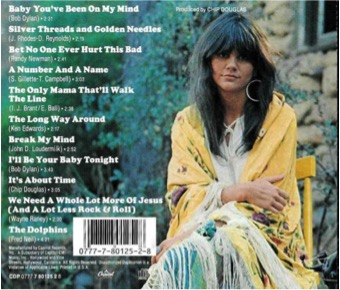
(Album photo by Eddie J. Caraeff) And...(drumroll)... TA-DA! Here's the stone house as discovered by Collin. That was it all right, only it had been freshened up with new doors and windows. Hard to believe it used to be a stable. So congrats, Collin. To find it Collin searched in Google Images for "Topanga canyon old stone" and, after much digging, found it on multiple-listing real estate website. It was one of a series of photos for a larger house on the property that was for sale. We'll see that later. 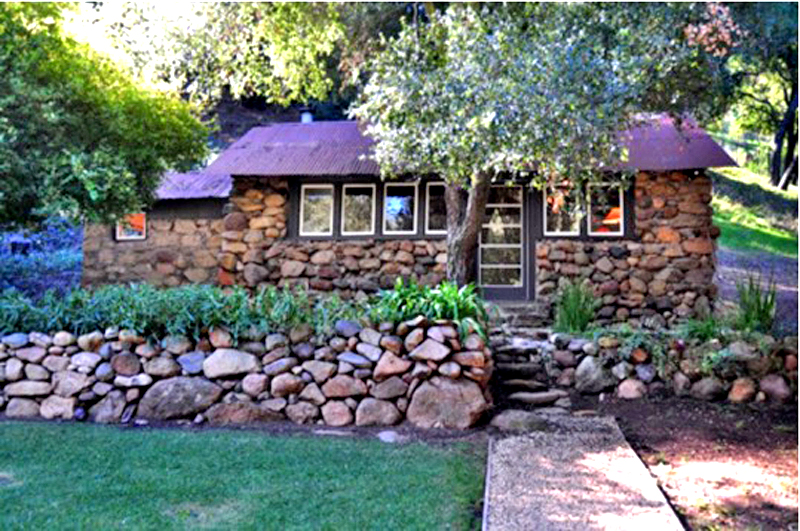
So, I superimposed the album over the windows, erased a little of the bottom of the album to make it fit behind the vegetation, and got this. It all fit! 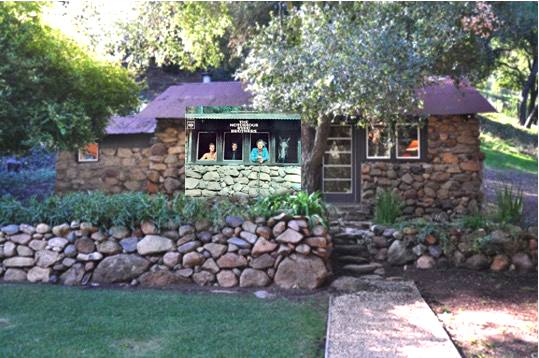
(Album photo by Guy Webster) Then I PopSpotted it, going a little closer and showing the whole album. (Note: The underlying photo of the stone house is a little fuzzy because I had to blow it up from the original photo Collin found on the real estate website (part of the Topanga multiple listing service). 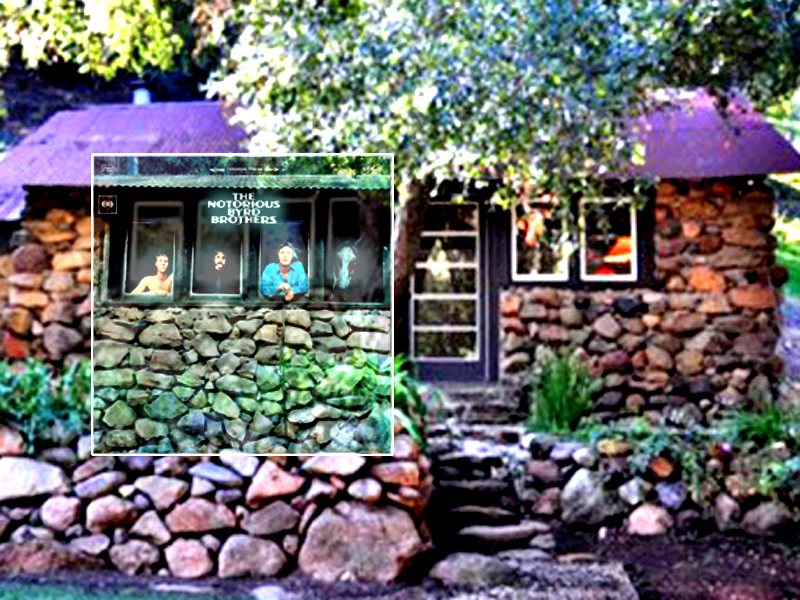
(Album photo by Guy Webster) The real estate website also had a side view. 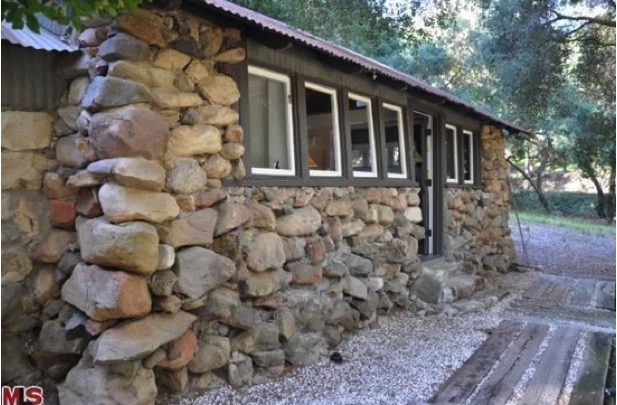
And Collin found one of Linda to match. 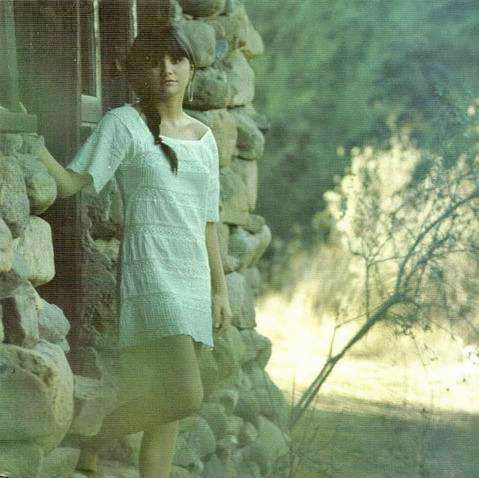
(Photo by Eddie J. Caraeff) So here she is coming out the door...almost 50 years later. All of the Linda Rondstadt pictures are by photographer Eddie J. Caraeff. Here's Eddie's Wikipedia entry. 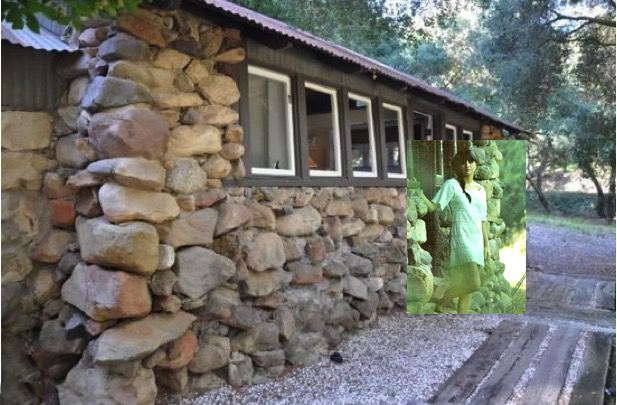
(Insert photo by Eddie J. Caraeff) This was the cover of a later pressing of the album 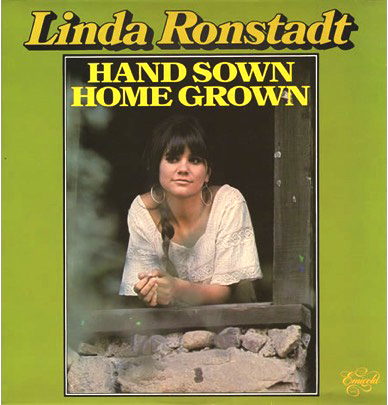
(Album photo by Eddie J. Caraeff) And here is a close-up of Linda in the window. 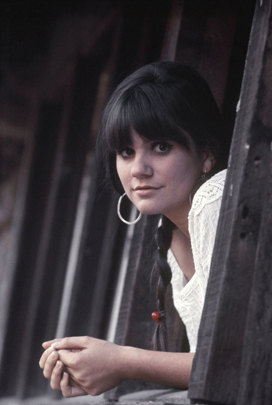
(Photo by Eddie J. Caraeff) In this picture of Linda, you can see part of the stone house in the background... 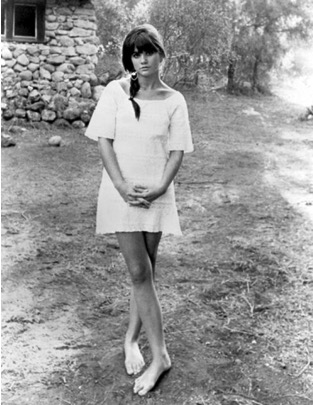
(Photo by Eddie J. Caraeff) ...so I matched the photo up with the modern day house. 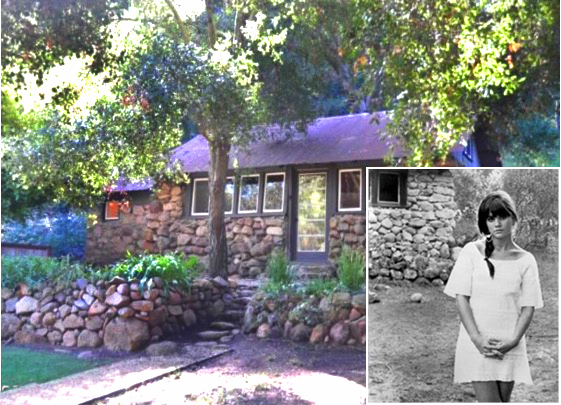
(Insert photo by Eddie J. Caraeff) And here, I had to bend her album cover to make it fit in with the background (otherwise Linda and the tree in back of her would be sideways). 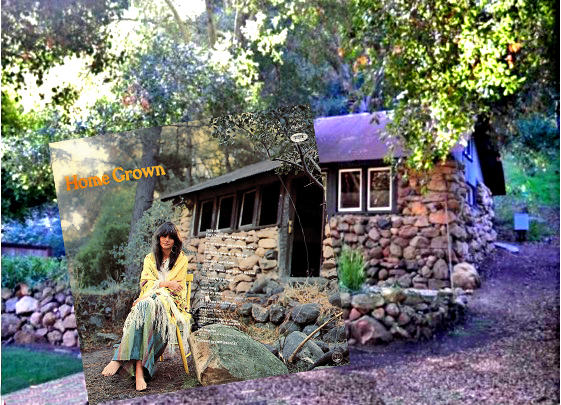
(Album photo by Eddie J. Caraeff) By the way, just to make sure this wasn't a look-a-like stone house, I matched-up several stones on the face of the house from the old and new photos. You can see how they match in this photo. 
(Insert photo by Eddie J. Caraeff) Topanga Canyon is a mountainous region north of Malibu, California about a 30-minute drive from Santa Monica. In the late 60's and early 70's it was musical mecca for the new "country-rock" sound as popularized by Neil Young, The Flying Burrito Brothers, the Eagles, many of who lived there at one time or another. 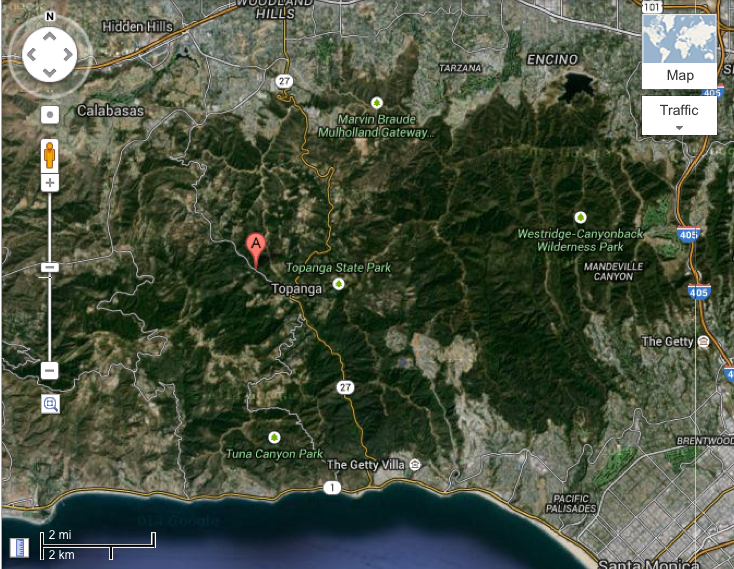
The center of activity was the club known as Topanga Corral, (It was at 2034 Topanga Canyon Road, but burned down in 1986). Among those who cross-pollenized their sound here, often in all night jam-sessions, were: the Doors, the Eagles, Neil Young, Emmylou Harris, Van Morrison, Canned Heat ("Goin' Up the Country'), Little Feet, Linda Rondstadt, Taj Mahal, The Flying Burrito Brothers, Spirit, Spanky and Our Gang, and Joni Mitchell (who lived in Laurel Canyon). Here's a shot of the Topanga Corral before it burned down. 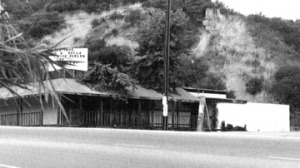
Even earlier, in the 1940's, Woody Guthrie used to live here also, near his pal Will Geer, who later played Grandpa on The Waltons. Will Geer built an open-air theater called the Theatricum Botanicum (1419 North Topanga Canyon, Blvd.) where people like Pete Seeger, Arlo Guthrie, and Ramblin' Jack Elliot have also played. This is what the road looks like if you drive through Topanga. It's a different world from Santa Monica. This shot is taken outside the property which contains the stone house, which has a private road leading to it. The address is 647 Old Topanga Road - if you want to look at it from Bing' Bird's Eye View. 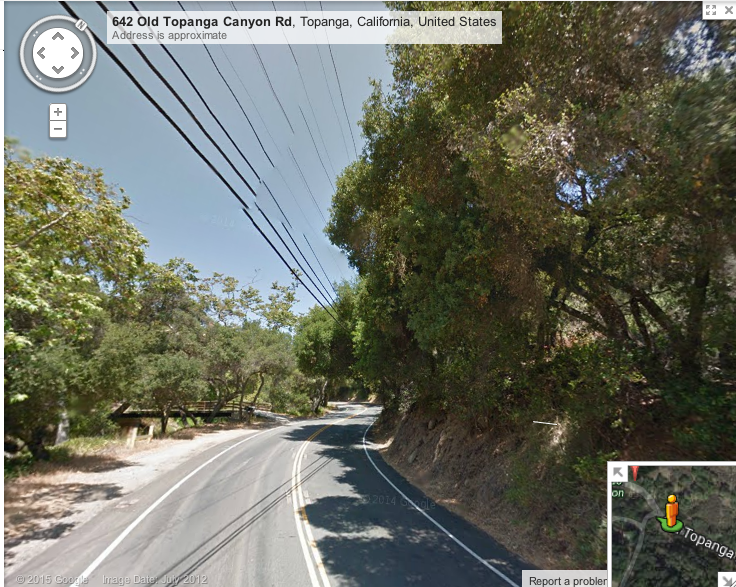
You can't see the stone house from the road, as it's set way back in the trees. This is a view of the house taken from inside the property that can found on the real estate website. That's the stone house in the far back left. 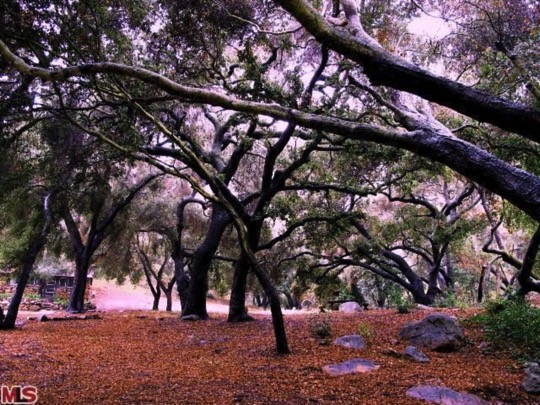
This is a screen grab from the real estate listing. In the text, I have circled the part where they mention the stone house: "Restored stone guest house is the oldest standing structure in Topanga." 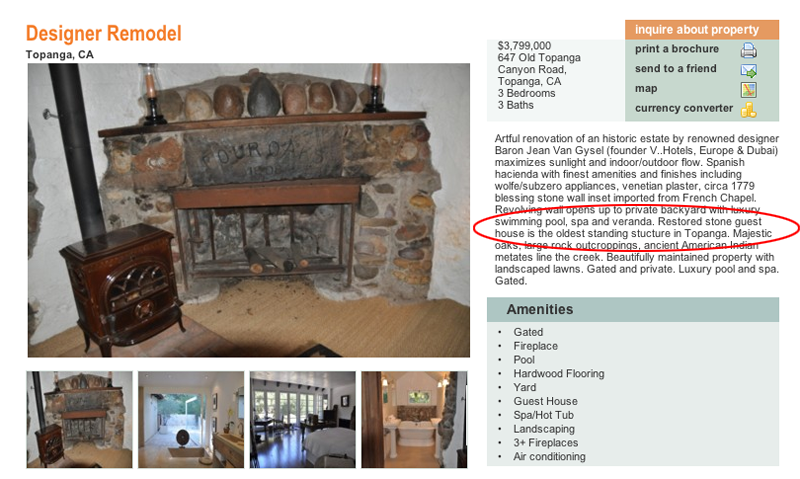
This is what the main house looks like. 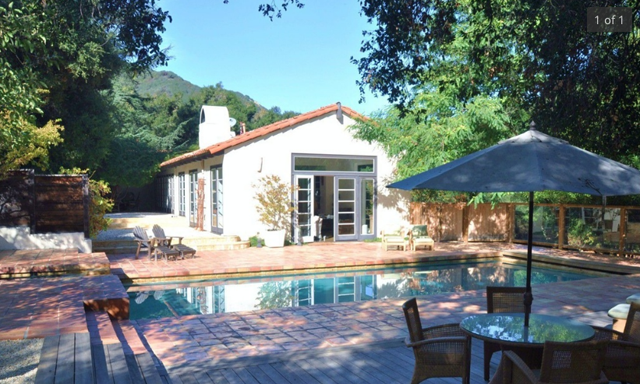
Here's an aeriel shot of the property. In close-up, the open space in the lower half looks like it has horse trails on it, so that's maybe where the band members rode to in this next shot.
In this shot from the back of a CD, the Byrds are on horses high above Topanga Canyon Road, possibly on the property. It's unclear whether the stone house or the house next to it was a base of operations for a riding stable back in the late 60's... 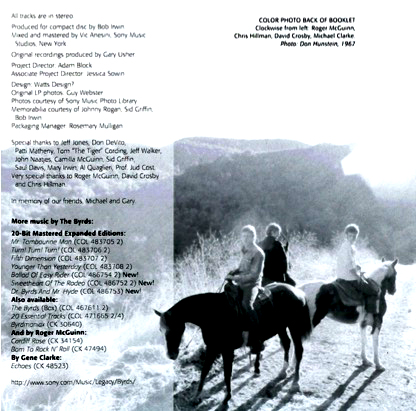
(Album photo by Guy Webster) ...but a horse played a big part in the photo-shoot.
(Album photo by Guy Webster) Here's a quote from the photographer Guy Webster, regarding the shoot from his book Big Shots: Rock Legends and Hollywood Icons: The Photography of Guy Webster (Insight Editions, 2014): "I get asked about this cover shot for The Byrds all the time. This was shot a couple of years after I first worked for them. The picture was done up in Malibu Canyon. (PopSpot note: He's west by one canyon. He might have been referring to the Malibu side of Topanga Canyon.) The group was going through changes. I got a call to shoot the album cover. They wanted to go out to the country, since their first album cover was shot in a studio. So I found this abandoned barn with four open windows. There was a horse in the field. I put each one of the guys in the windows. And in the last window I put the horse. I was mistakenly accused of denigrating David Crosby. It wasn't to replace Crosby, who had been fired; it wasn't to insult anyone. It was just to balance the composition. It was just a space and a horse - and what an image." Now let's look at the locations of the photo shoots for two other Byrds albums, both of which were photographed, though five years apart, in Griffith Park, Los Angeles. The first is The Byrds (Untitled) from 1970, seen below. 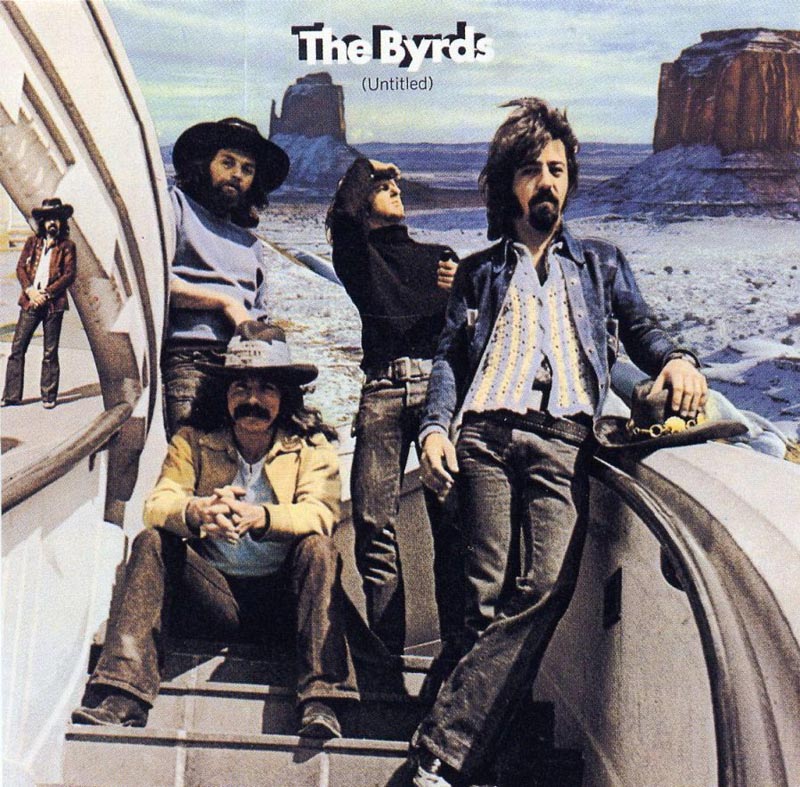
(Album cover photo by Nancy Chester (her credits at AllMusic); cover design by Eve Babitz (Eve at Wikipedia) The back part of the photograph is of a famous vista of Monument Valley, Utah, the scene of many western movies from the 1930's to 1970's. Also similar to the place where the Roadrunner and Wile E. Coyote have all their chases. Here's a nice shot of it from a site called "myhometown.com." You can find many more in Google Images.
(Photo by myhometown.com) I recognized the steps the band was standing on from having visited Griffith Observatory back in the 70's. It's located high on a mountain in the middle of Griffith Park, Los Angeles. If you're in Los Angeles, and you look up at the Hollywood sign up in the mountains, then look to the right about 2 miles, that's Griffith Park. 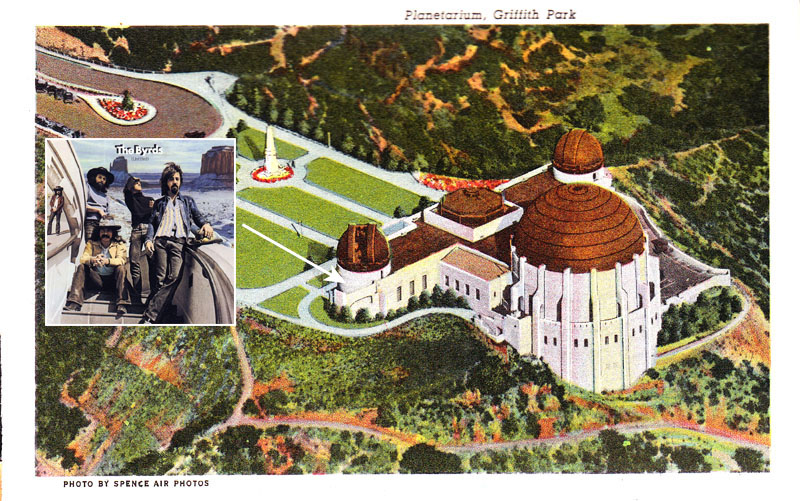
There are spiral steps on either side of the planetarium. These would have been the ones I have circled, on the right side. 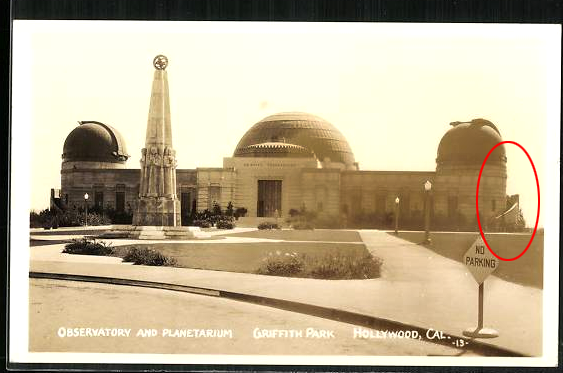
A famous scene from Rebel Without a Cause starring James Dean was filmed on the back porch of the planetarium.* (*note: I originally wrote that the film was in black-and-white, but thanks to PopSpots reader "Bradford," by email, I now see that it was in color.) 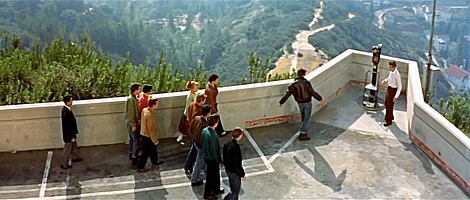
I found a nice close-up of the steps on Getty Images. The photo is by Eddie Brady. (He actually took a photo of the steps on the left side of the planetarium, but I flipped it so it would fit with the next picture.) 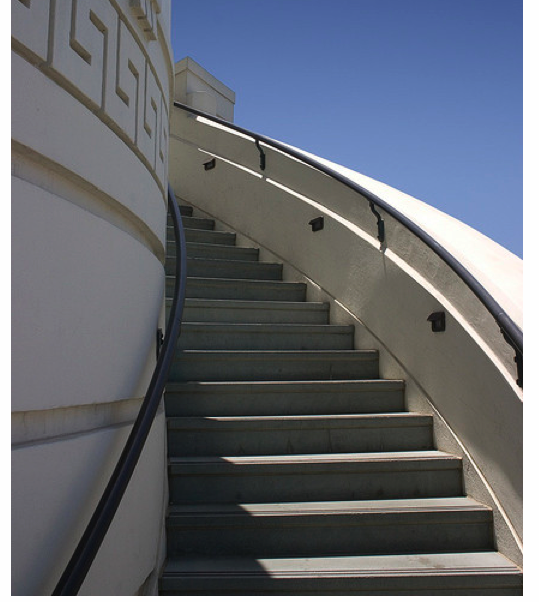
(Photo by Eddie Brady/Corbis) So superimposing the Byrds over it, we get this PopSpot. 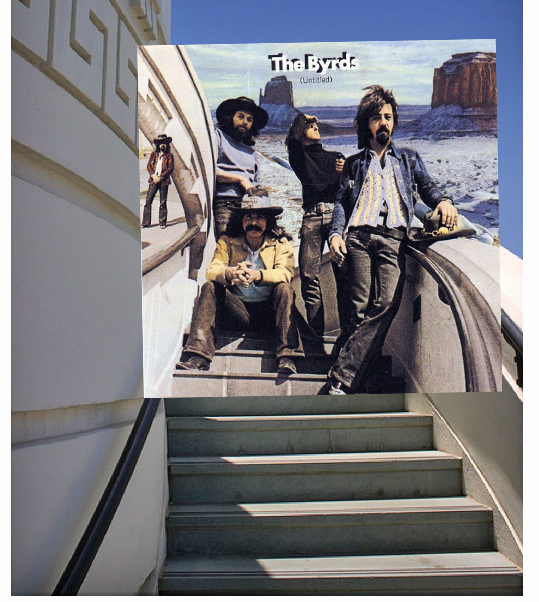
(Album cover photo by Nancy Chester; cover design by Eve Babitz) (Background photo of steps by Eddie Brady/Corbis) The next cover we'll look at is The Byrds - the Mr. Tambourine Man which was released in June of 1965. Their electrified version of Bob Dylan's song Mr. Tambourine Man was a huge hit and was helped pave the way from folk to rock for many 1960's musicians. The iconic fisheye-lens picture was taken by Barry Feinstein who took numerous iconic album covers (such as Janis Joplin's Pearl and George Harrison's All Things Must Pass). Feinstein was also the exclusive photographer of Bob Dylan's 1966 European tour as well as his 1974 tour with The Band. 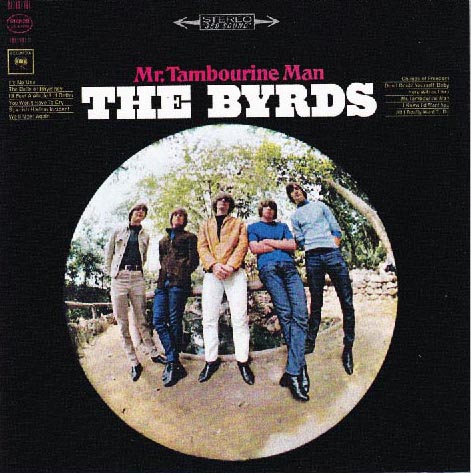
(Album cover photo by Barry Feinstein) On several websites, the photo was described as having been taken in Griffith Park. And, from looking at image of the park, I could see that the photo was taken in part of the park called The Ferndell Nature Trail. In this larger view, you can see the stone-walls and wooden railings that border the trails. 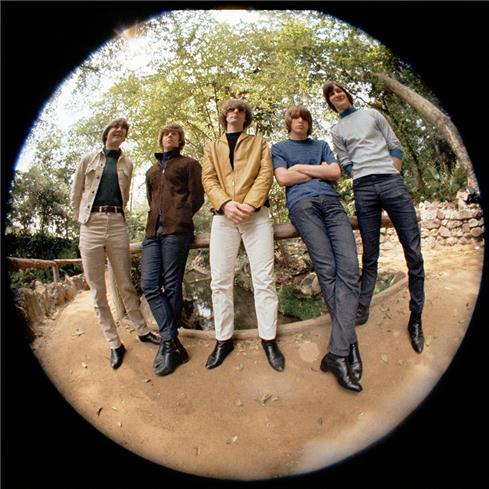
(Album cover photo by Barry Feinstein) They look similar to this old postcard. The Ferndell Trail has been around since 1920. 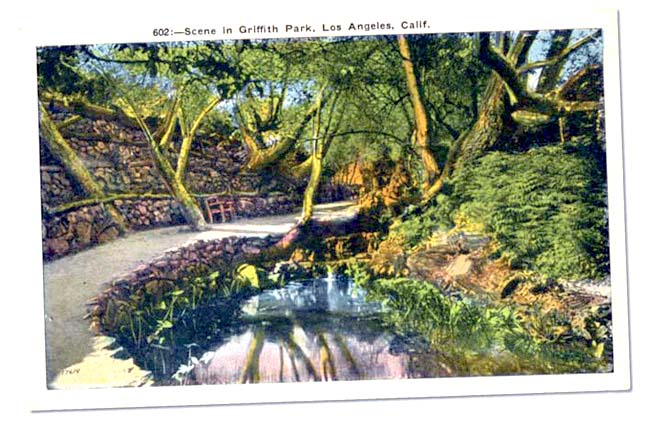
Here are some other shots from the photo session. 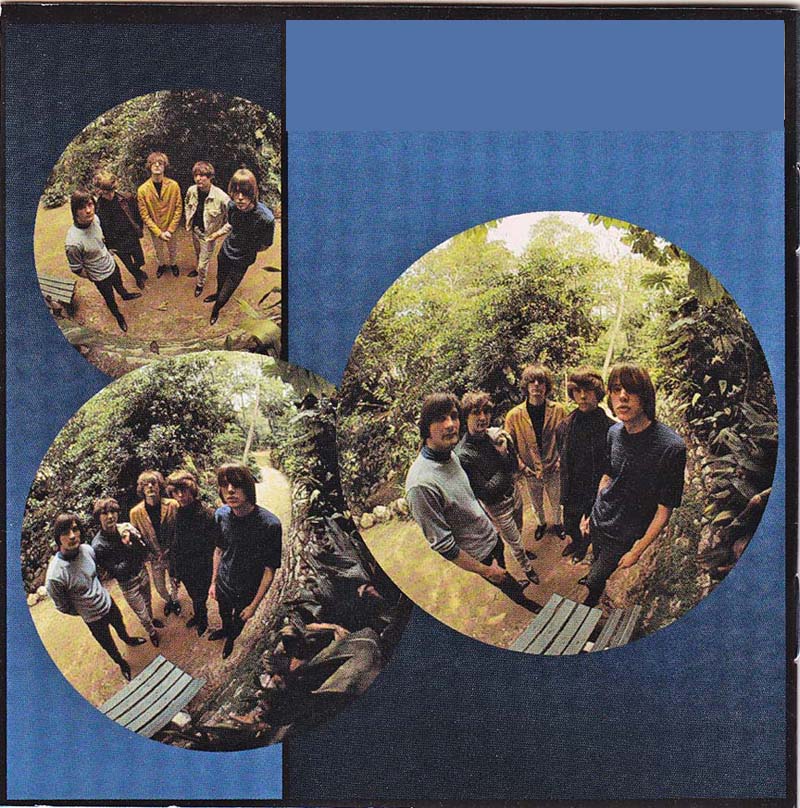
(Photos by Barry Feinstein) This is what the entrance to the Fernwood Nature Trail area looks like. 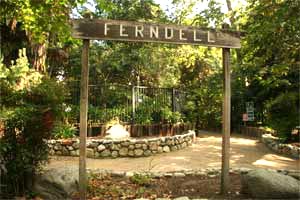
And here's another view up the trail. 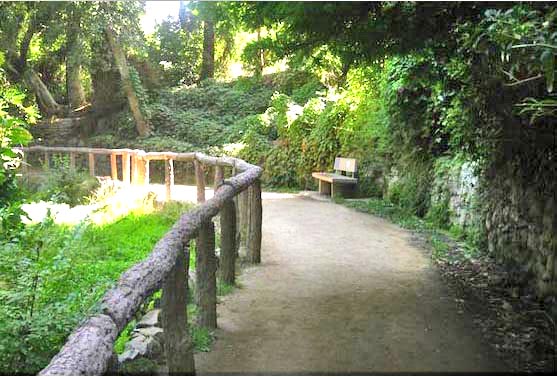
Google Street Views doesn't take pictures moving along the paths like they do in Central Park, so the closest I could come to a matching photo of the location was this one that I found on the web. On the album cover they are in front of the small creek going through the dell. But you get the idea. 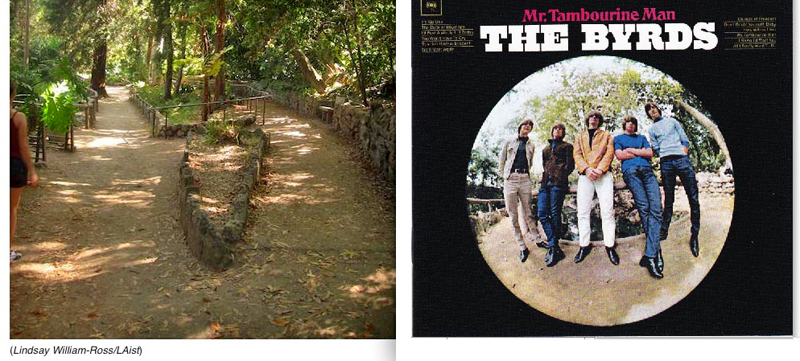
(Ferndell photo by Lindsay William-Ross/LAist) (Album cover photo by Barry Feinstein) And here's what that would look like PopSpotted. 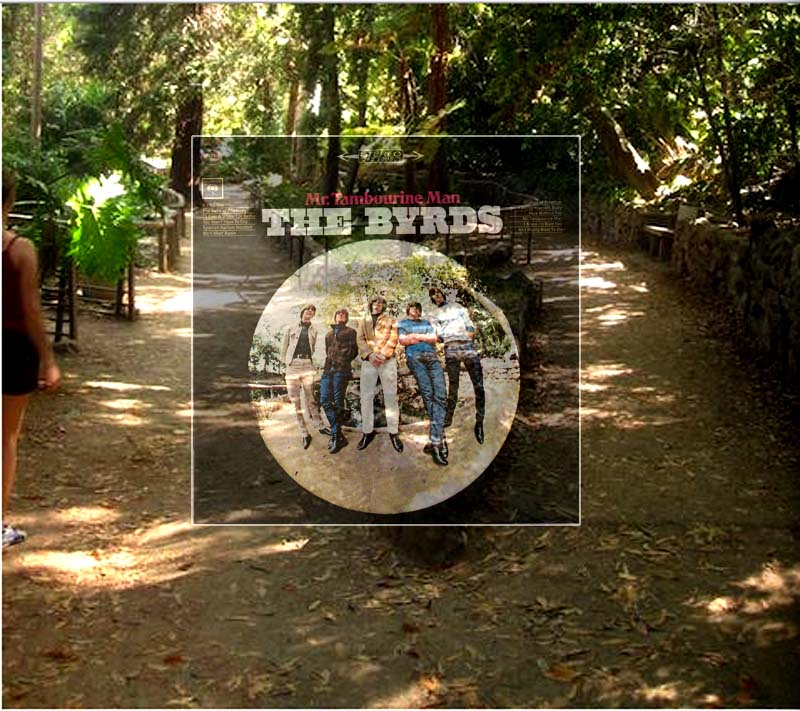
(Album cover photo by Barry Feinstein) Some other rock groups have been photographed in Ferndell. Here's Peter, Paul, and Mary (Mary was once married to Barry Feinstein, who took the Byrds photo. He also took this photo.) 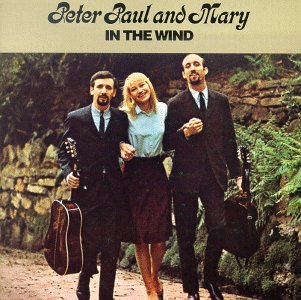
(Album cover photo by Barry Feinstein) And, surprisingly (and on this I'm a little more speculative)....The Velvet Underground. 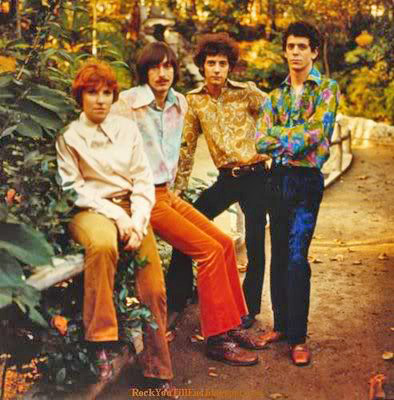
(Photo by Sanford Schor, 1968) Here's the location of the Griffith Park Observatory and The Ferndell Trail. 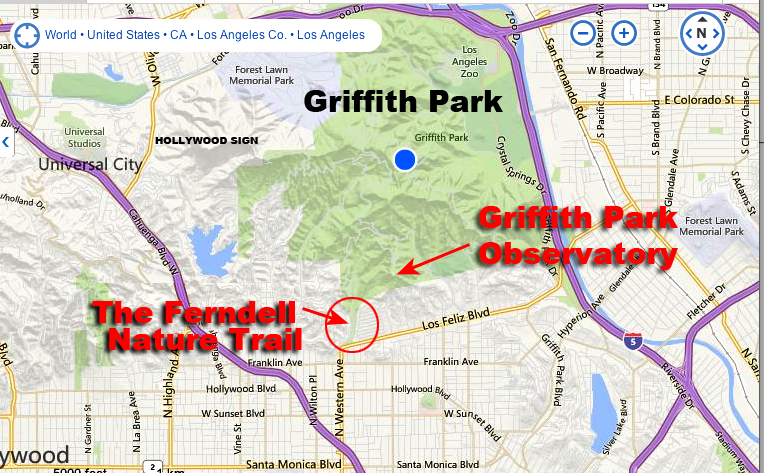
And that's the story for today, folks. Thanks for comin' up the canyon. See ya 'round the Old Corral. 
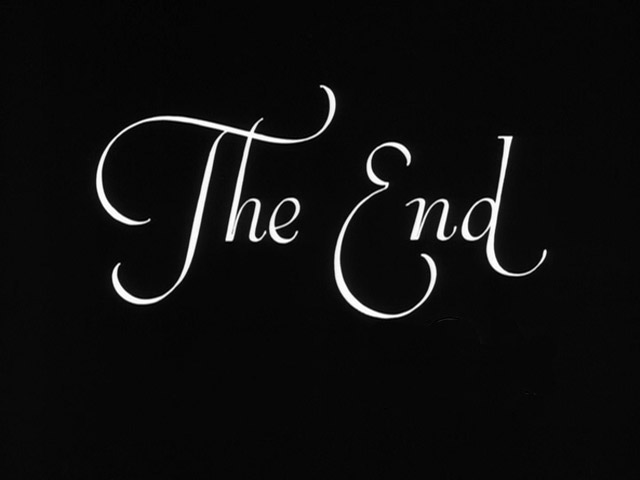
|
||

